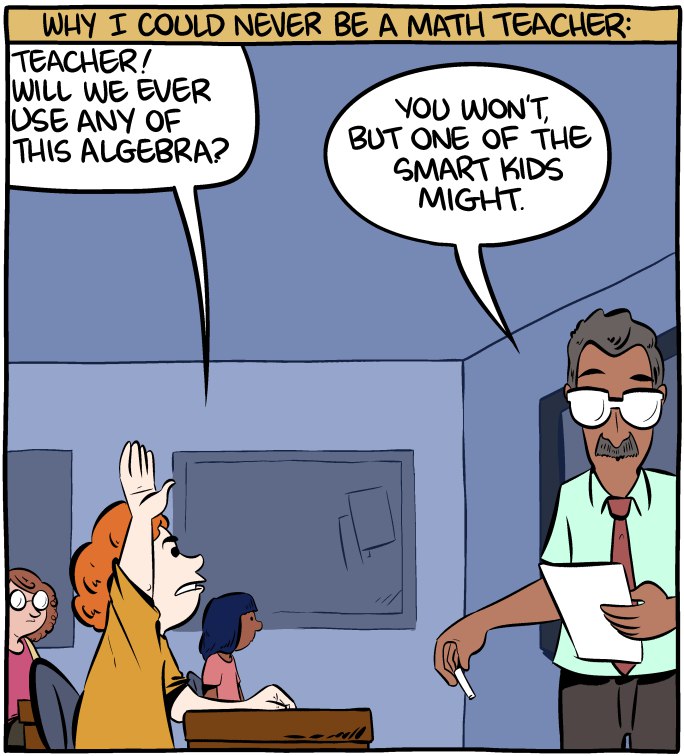Join devRant
Do all the things like
++ or -- rants, post your own rants, comment on others' rants and build your customized dev avatar
Sign Up
Pipeless API

From the creators of devRant, Pipeless lets you power real-time personalized recommendations and activity feeds using a simple API
Learn More
Related Rants

 Math is hard.
Math is hard. When you wanted to know deep learning immediately
When you wanted to know deep learning immediately :)) finally a good answer
:)) finally a good answer
Still on the primenumbers bender.
Had this idea that if there were subtle correlations between a sufficiently large set of identities and the digits of a prime number, the best way to find it would be to automate the search.
And thats just what I did.
I started with trace matrices.
I actually didn't expect much of it. I was hoping I'd at least get lucky with a few chance coincidences.
My first tests failed miserably. Eight percent here, 10% there. "I might as well just pick a number out of a hat!" I thought.
I scaled it way back and asked if it was possible to predict *just* the first digit of either of the prime factors.
That also failed. Prediction rates were low still. Like 0.08-0.15.
So I automated *that*.
After a couple days of on-and-off again semi-automated searching I stumbled on it.
[1144, 827, 326, 1184, -1, -1, -1, -1]
That little sequence is a series of identities representing different values derived from a randomly generated product.
Each slots into a trace matrice. The results of which predict the first digit of one of our factors, with a 83.2% accuracy even after 10k runs, and rising higher with the number of trials.
It's not much, but I was kind of proud of it.
I'm pushing for finding 90%+ now.
Some improvements include using a different sort of operation to generate results. Or logging all results and finding the digit within each result thats *most* likely to predict our targets, across all results. (right now I just take the digit in the ones column, which works but is an arbitrary decision on my part).
Theres also the fact that it's trivial to correctly guess the digit 25% of the time, simply by guessing 1, 3, 7, or 9, because all primes, except for 2, end in one of these four.
I have also yet to find a trace with a specific bias for predicting either the smaller of two unique factors *or* the larger. But I haven't really looked for one either.
I still need to write a generate that takes specific traces, and lets me mutate some of the values, to push them towards certain 'fitness' levels.
This would be useful not just for very high predictions, but to find traces with very *low* predictions.
Why? Because it would actually allow for the *elimination* of possible digits, much like sudoku, from a given place value in a predicted factor.
I don't know if any of this will even end up working past the first digit. But splitting the odds, between the two unique factors of a prime product, and getting 40+% chance of guessing correctly, isn't too bad I think for a total amateur.
Far cry from a couple years ago claiming I broke prime factorization. People still haven't forgiven me for that, lol.
random
math